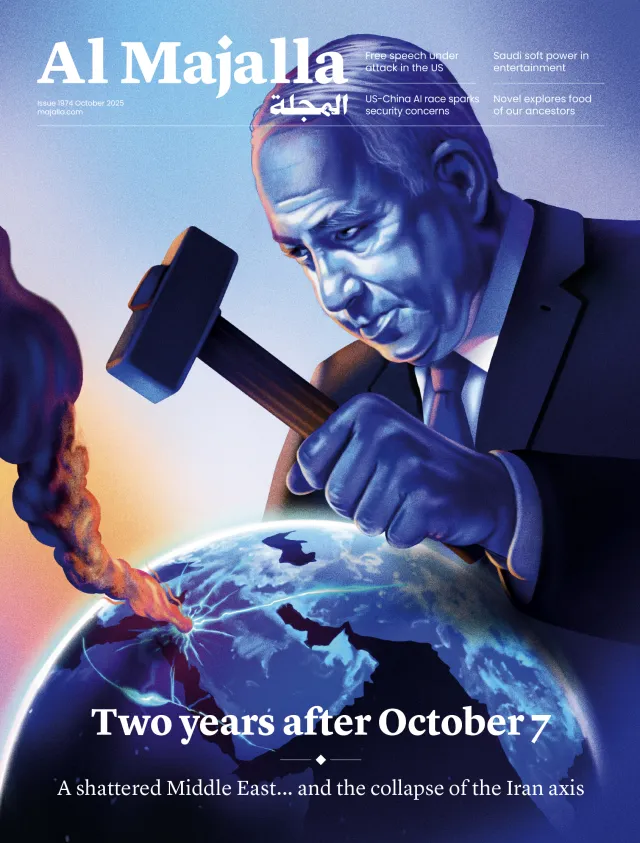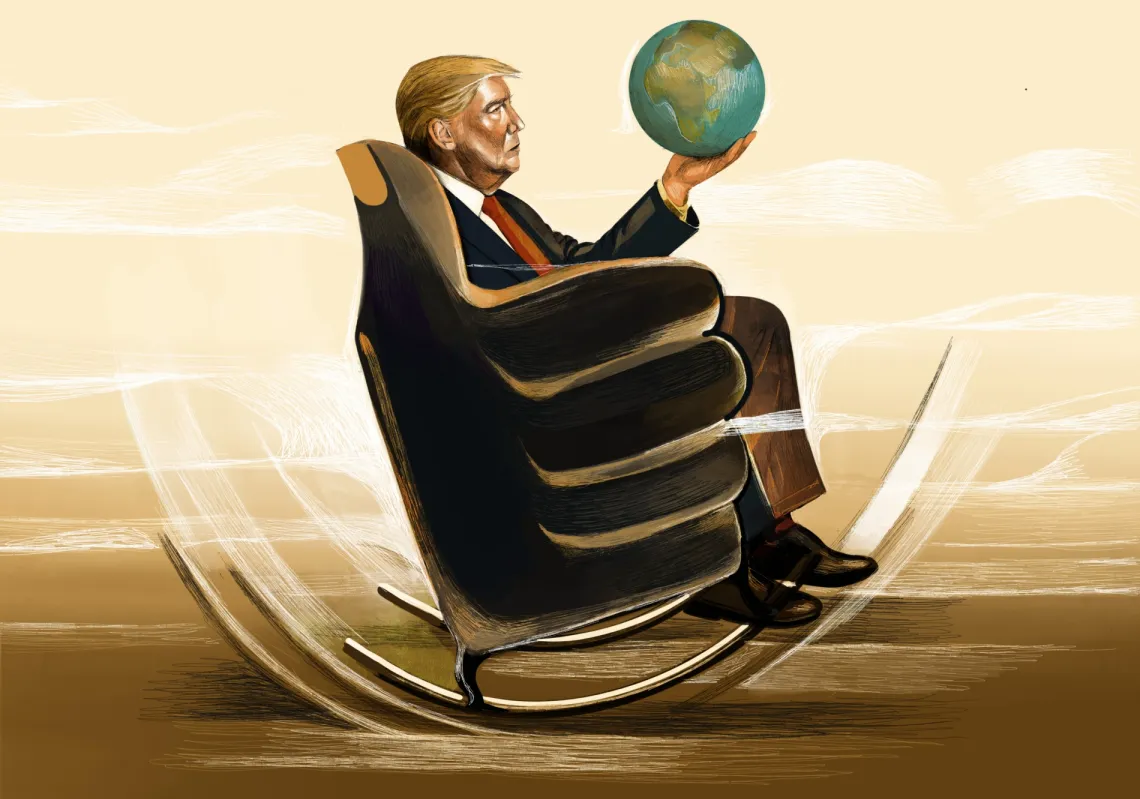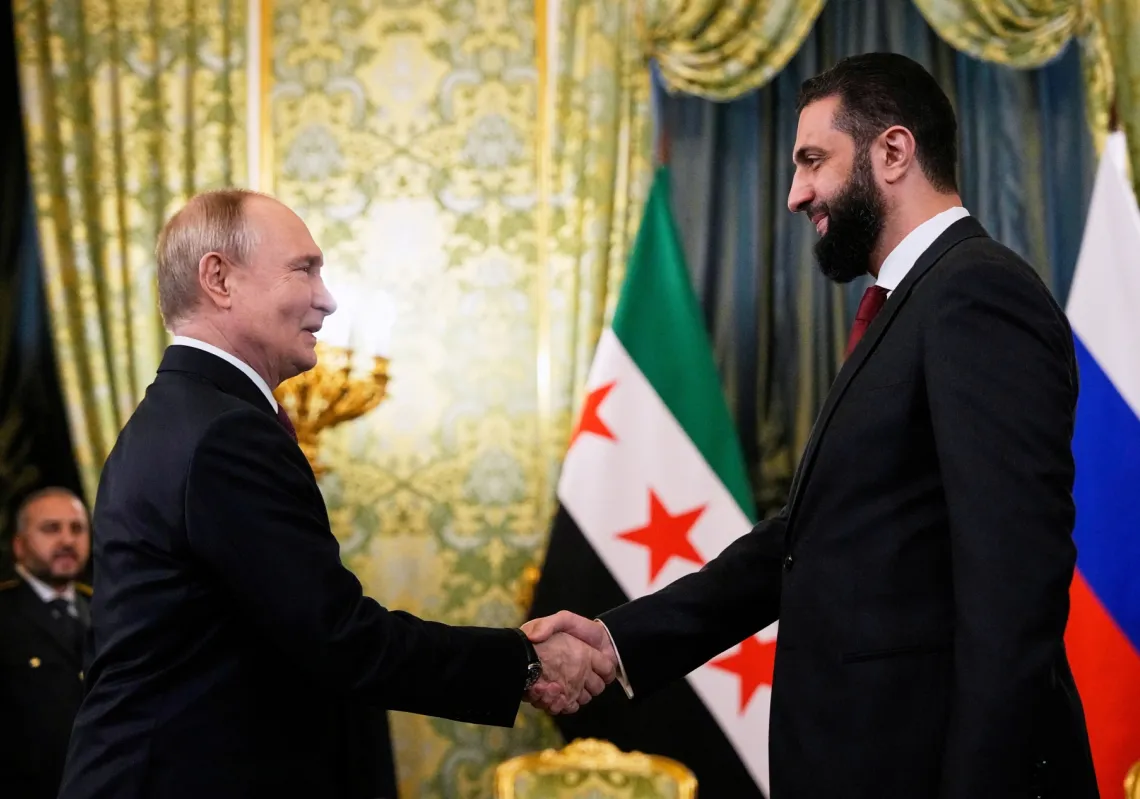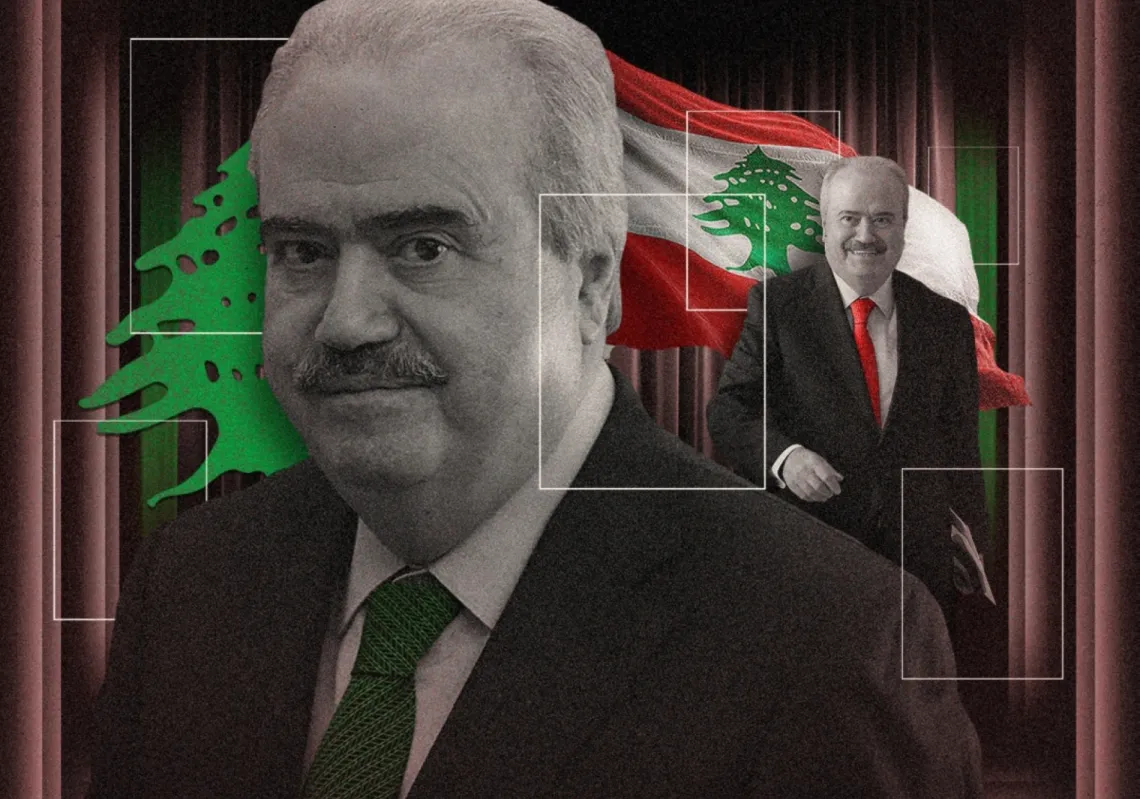 Egyptian opposition protesters celebrate in Tahrir Square, the day after former Egyptian President Mohamed Mursi was ousted from power on July 4, 2013 in Cairo, Egypt. (Ed Giles/Getty Images)[/caption]Ever since January 25, 2011 Tahrir Square has been Egypt’s most powerful symbol of dissent. It was the go-to place for any group wishing to express their opposition to those in power. We Egyptians have been beaten up in the square, teargassed, shot at, killed, stripped naked, sexually assaulted and even subjected to virginity tests. Nevertheless, none of these humiliations felt more unjust than being prevented from setting foot inside the square.
Egyptian opposition protesters celebrate in Tahrir Square, the day after former Egyptian President Mohamed Mursi was ousted from power on July 4, 2013 in Cairo, Egypt. (Ed Giles/Getty Images)[/caption]Ever since January 25, 2011 Tahrir Square has been Egypt’s most powerful symbol of dissent. It was the go-to place for any group wishing to express their opposition to those in power. We Egyptians have been beaten up in the square, teargassed, shot at, killed, stripped naked, sexually assaulted and even subjected to virginity tests. Nevertheless, none of these humiliations felt more unjust than being prevented from setting foot inside the square.
Today it looks as though the military-backed regime has designated Tahrir Square the location for demonstrations endorsing its rule, and nothing else. Since the military’s ouster of Mohamed Mursi on July 3 the authorities have attempted to prevent opposition protests, whether commemorating old victims or new, from entering the square that was once the icon of the January 25 revolution.
On October 6, during commemorations of the October War, at least fifty people were killed following clashes that broke out in greater Cairo as pro-Muslim Brotherhood marches failed to make their way to Tahrir Square. One march, setting off from Giza was violently prevented from moving forward by security forces in Dokki. At least twenty-seven people were reported killed amid clashes between security forces and protesters. Another march was similarly intercepted on Ramses Street, where more deaths were reported.
Meanwhile, just two and a half kilometers away in Tahrir Square, thousands demonstrated their love for the armed forces and its general commander Abdel-Fattah El-Sisi on the occasion of the fortieth anniversary of the October War. This crowd remained untouched; safeguarded by Egypt’s security apparatus.
It was not because the pro-army demonstrators had reserved Tahrir Square first. In fact, it was in response to Mursi supporters’ decision to march on the anniversary that the pro-army Tamarod (Rebellion) campaign called on all Egyptians to march on the Square to “celebrate the army of that victory and its leaders.” Tamarod’s calls were naturally answered. The crowds gave security forces the excuse to prevent Brotherhood supporters from reaching the square under the pretext that they wanted to prevent the presence of two rival demonstrations in the same place.
Despite my opposition to most of the demands presented by Muslim Brotherhood supporters, it is wrong to prevent them from protesting in Tahrir Square—everybody’s square—especially when those preventive measures often meant lethal force.
How radically different it was just under two years ago. I will never forget January 25, 2012. Unlike 2011 when former President Hosni Mubarak was in power, or 2013 when Mohamed Mursi was in power, this day was the least violent January 25 around Tahrir Square, though the most painful for me.
Nearing the Qasr Al-Nil Bridge I surveyed the crowds and realized that reaching Tahrir Square would be a near impossible task. I could hardly find room to breathe amid the hundreds of thousands of protesters who were struggling to push their way into the square.
This was not a happy moment. I had nothing to celebrate after having lived through one of the bloodiest years in Egypt’s modern history. This was at a time when the Supreme Council of the Armed Forces (SCAF) ruled and the majority of Islamist politicians were supportive of their heavy-handed policies. Unlike myself, many were there to celebrate. The crowd filling up the square was predominately Islamist, they had been camping in the square since the day before, loudly celebrating the “victory” that was January 25, 2011. I felt Tahrir Square was the place where I should be allowed to voice my frustration without being silenced by those celebrating.
At the time this seemed to me to be the peak of feeling unwelcome inside Tahrir Square---that was, until July 2013. Muslim Brotherhood supporters now feel the same way I felt on that day. Now, the ban on entering Tahrir Square is beginning to encompass more than just Mursi’s supporters. On October 9, a march held to commemorate the victims killed during the armed forces’ deadly attack on predominantly Coptic protesters two years ago, dubbed the Maspero Massacre by the media, was prevented from entering Tahrir Square by security forces.
None of the march’s organizers are aligned with the Muslim Brotherhood, as a matter of fact, almost all of them are anti-Brotherhood and anti-Mursi. Nonetheless, security forces reportedly told protesters they had orders to prevent them from entering the square. Mustafa Al-Haggary, spokesman for the April 6 Youth Movement who was at the march, said what happened was both “shocking” and “provocative.”
“There's a huge difference between the Muslim Brotherhood and us, the real revolutionaries,” Al-Haggary said. “The former are banned from entering the square because the last time they entered, over a year ago, they attacked the revolutionaries.”
Al-Haggary’s words ring true. But for me, Tahrir Square isn’t about holding grudges or settling scores. With the anniversaries of clashes between protesters and security forces in Tahrir Square coming up—the Mohammed Mahmoud Street clashes in November and the cabinet clashes in December—it’s doubtful that the army’s monopoly on Tahrir Square will last much longer.
All views expressed in this blog post are those of the author(s) and do not necessarily represent the views of, and should not be attributed to, The Majalla magazine.








